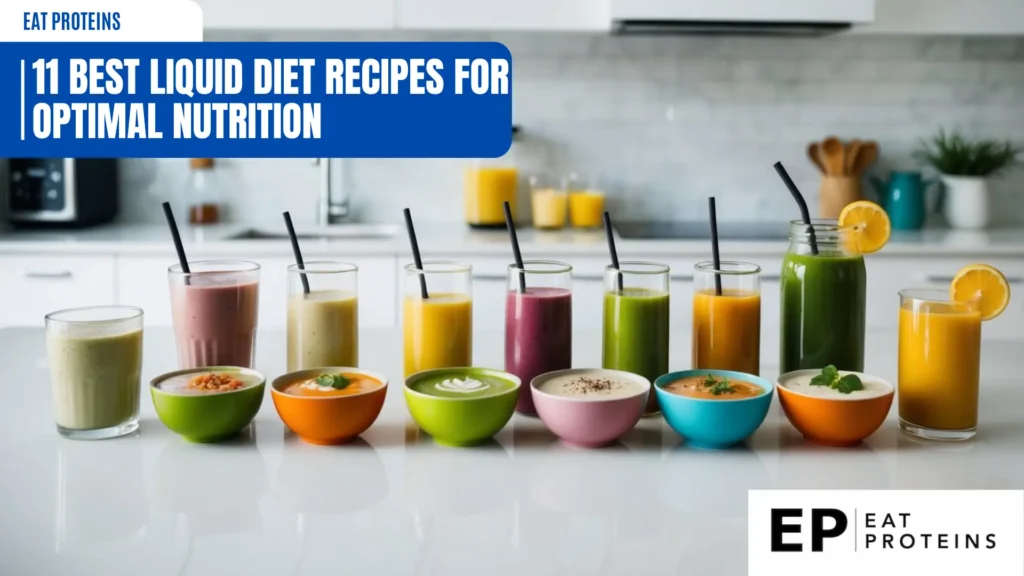
Liquid diets can be an effective way to meet nutritional needs while offering variety and taste. I have explored various recipes that combine essential nutrients with delicious flavors. These 11 best liquid diet recipes will provide you with satisfying options for meals and snacks that are easy to prepare.
Whether recovering from an illness, managing a medical condition, or simply seeking healthier eating options, liquid diets can be beneficial. I want to share recipes that not only nourish the body but also excite the palate. These recipes can help make liquid diets enjoyable and fulfilling, demonstrating that healthy eating doesn’t have to be bland.
1. Green Smoothie Detox
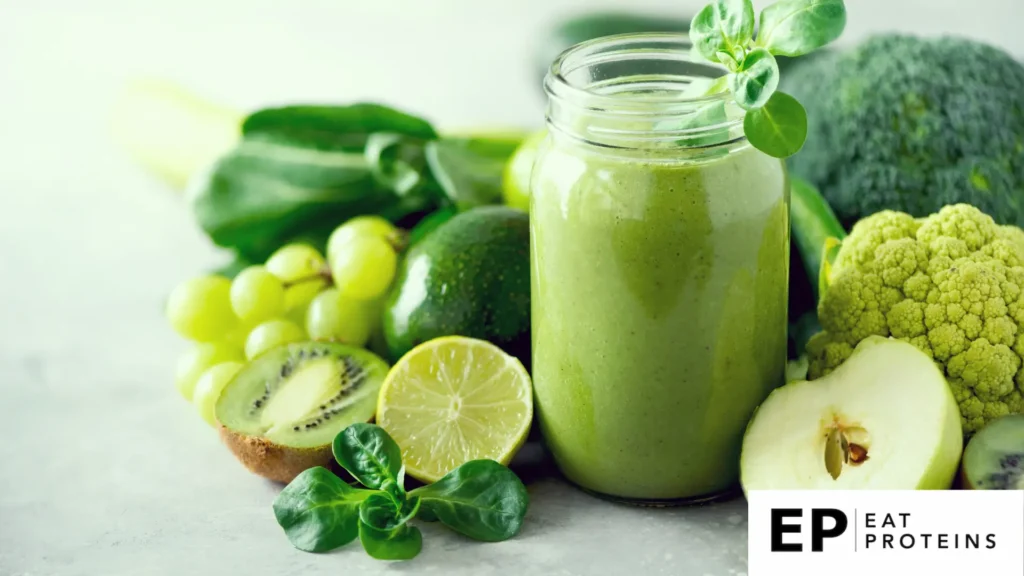
A Green Smoothie Detox is a cleanse that combines fruits and leafy greens into a drink. This diet aims to boost energy, support digestion, and add nutrients to my meals. It is simple to make and can fit into my daily routine easily.
To prepare, I follow these straightforward steps:
- Choose My Base: I usually start with water, coconut water, or almond milk.
- Add Greens: I use 1-2 cups of spinach, kale, or Swiss chard for added nutrients.
- Include Fruits: I add one cup of fruits like bananas, berries, or mango for sweetness.
- Blend: I blend everything together until smooth. This usually takes about 30 seconds.
- Enjoy: I pour it into a glass and drink it fresh for the best taste.
This smoothie not only tastes great but also helps me feel refreshed and full. It’s an easy way to incorporate more vegetables into my diet while enjoying a tasty drink.
2. Clear Chicken Broth
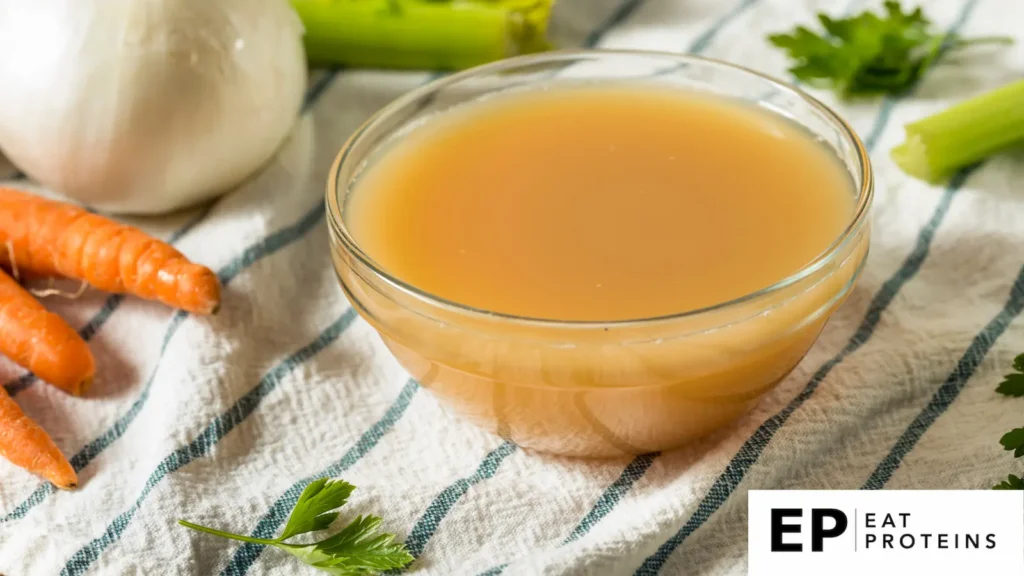
Clear chicken broth is a simple, nutritious liquid made by simmering chicken and vegetables. It’s often used as a base for soups, sauces, and other dishes. I enjoy it for its light flavor and health benefits.
Making clear chicken broth is easy. I typically start with a whole chicken or chicken parts. This recipe is perfect for those new to cooking.
Here are the steps I follow:
- Place 1 whole chicken (about 3-4 pounds) in a large pot.
- Add 2 chopped carrots, 2 chopped celery sticks, and 1 diced onion.
- Pour in enough water to cover the chicken.
- Add 3-4 sprigs of fresh thyme and 2-3 bay leaves for flavor.
- Bring the mixture to a boil, then reduce the heat to low.
- Simmer for about 1.5 to 2 hours.
- Remove the chicken and strain the broth through a fine mesh strainer.
The result is a clear, flavorful broth. It’s versatile for many recipes or simply enjoyed on its own.
3. Tomato Basil Soup
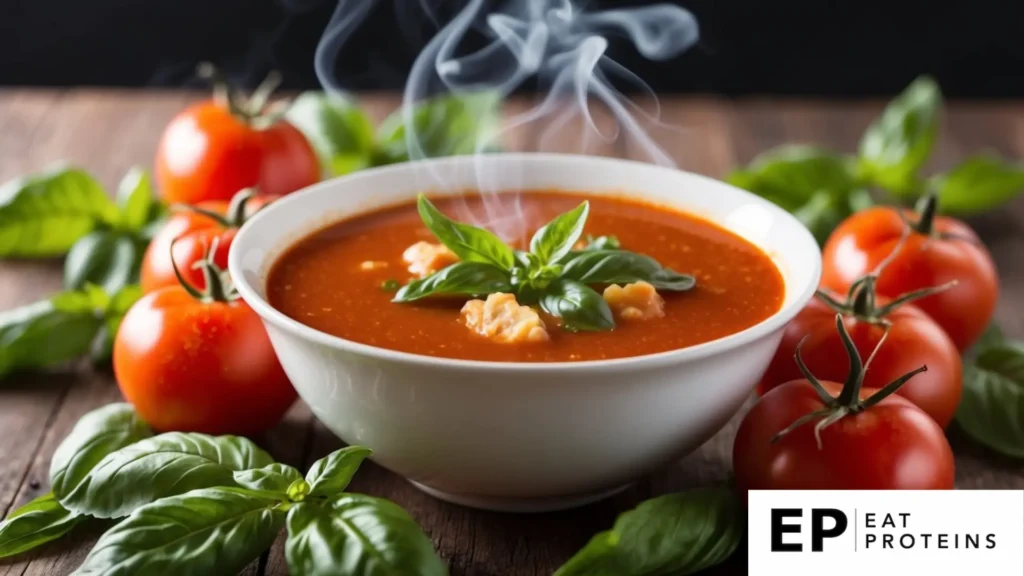
Tomato Basil Soup is a classic dish that is both comforting and nutritious. This soup is simple to make and can be enjoyed warm or cold. It features fresh tomatoes and basil, creating a rich flavor.
Making Tomato Basil Soup is easy. I find it takes about 30 minutes from start to finish. Here’s how I prepare it:
- Gather ingredients: I use 5 ripe tomatoes, 1 onion, 2 cloves of garlic, fresh basil, and vegetable broth.
- Sauté: I heat a tablespoon of olive oil in a pot and add chopped onions. I cook them for about 5 minutes until soft.
- Add garlic: I then add minced garlic and cook for another minute to bring out the flavor.
- Add tomatoes: I chop the tomatoes and add them to the pot. I let them cook for about 10 minutes until they break down.
- Blend: I use an immersion blender to puree the soup until smooth. I can also use a regular blender, if needed.
- Season and serve: Finally, I stir in chopped basil and season with salt and pepper. It’s ready to enjoy!
This soup pairs well with crusty bread for a complete meal.
4. Vegan Protein Shake

A vegan protein shake is a nutritious drink that I enjoy, especially for its muscle-building properties. It’s a great option for anyone seeking a plant-based protein source.
Making a vegan protein shake is simple and quick. I typically use ingredients like plant-based protein powder, fruits, and non-dairy milk.
Here’s how I prepare it:
- Choose a base: I usually select 1 cup of almond milk or coconut milk for creaminess.
- Add protein: I add 1 scoop of vegan protein powder, which provides around 20 grams of protein.
- Include fruits: I toss in 1 banana or 1 cup of spinach for added nutrients.
- Blend: I blend all the ingredients together until smooth.
This shake is not only tasty but also packed with essential nutrients. I find it perfect for breakfast or a post-workout boost. It’s a great way to fuel my body with healthy ingredients.
5. Cucumber Mint Water
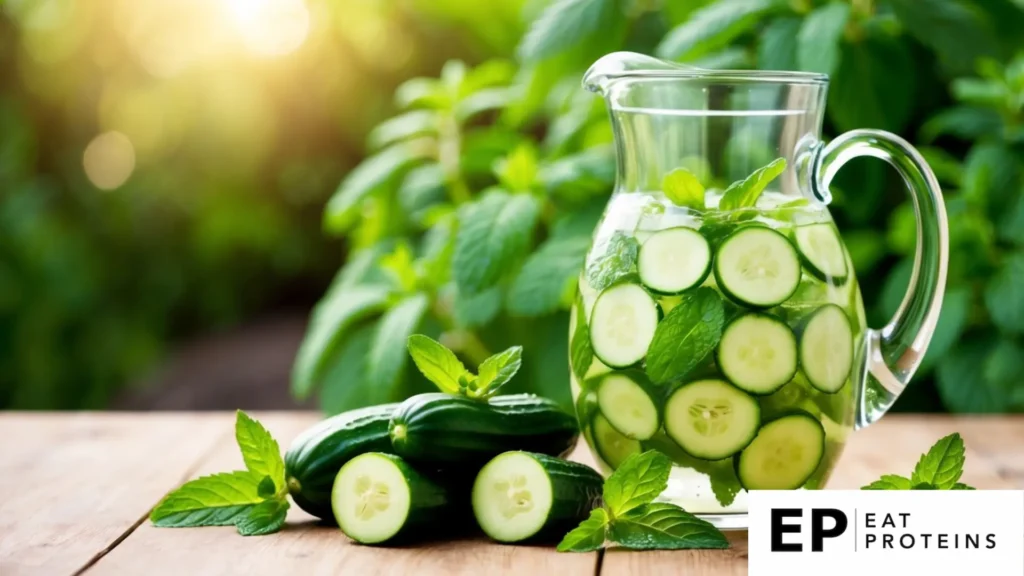
Cucumber mint water is a refreshing and hydrating drink. It’s made by infusing fresh cucumbers and mint leaves in water. This beverage is not only easy to prepare but also offers a crisp taste that many enjoy.
To make cucumber mint water, I follow these simple steps:
- Gather my ingredients: 1 cucumber, a handful of fresh mint leaves, and 2 quarts of water.
- I wash the cucumber thoroughly and slice it into thin rounds.
- Next, I place the cucumber slices and mint leaves into an infusion pitcher.
- I fill the pitcher with water and let it sit in the refrigerator for at least 2 hours. This allows the flavors to mix well.
- Finally, I serve the cucumber mint water over ice for a cool drink.
This recipe is straightforward and perfect for anyone looking for a nutritious way to stay hydrated. It can be made in advance and enjoyed throughout the day.
6. Berry Blast Smoothie
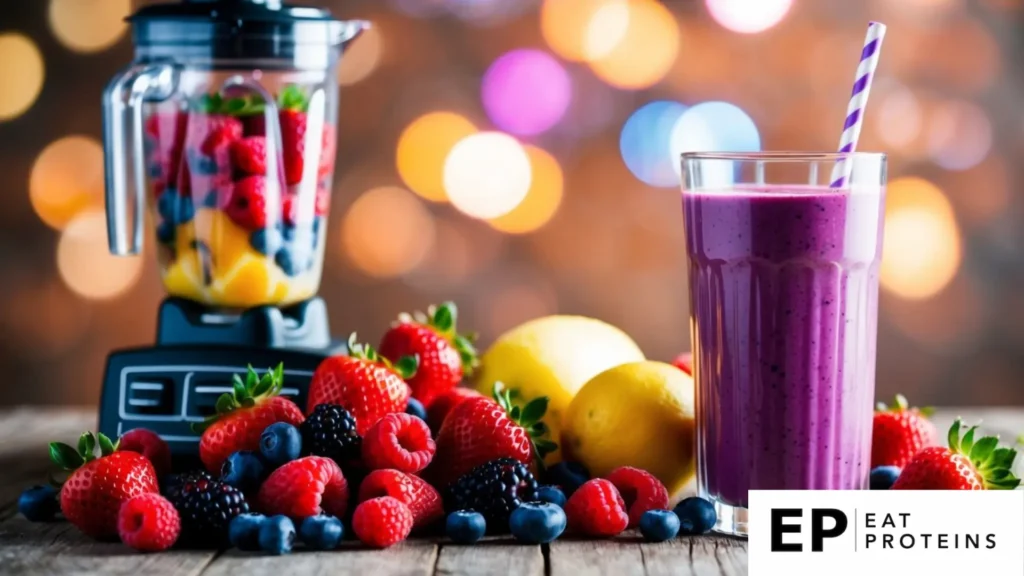
The Berry Blast Smoothie is a delicious, nutrient-rich drink. It combines various berries, which are high in vitamins and antioxidants. This smoothie is perfect for a quick breakfast or a healthy snack.
Making this smoothie is very easy. I can whip it up in just a few minutes. Here are the simple steps I follow:
- Gather ingredients: 1 cup of mixed berries (strawberries, blueberries, raspberries), 1 banana, 1 cup of almond milk, and a tablespoon of honey (optional).
- Add all the ingredients to a blender.
- Blend on high speed until smooth and creamy.
- Pour the smoothie into a glass and enjoy.
This recipe is flexible. I can adjust the sweetness or add more berries. It’s a great option for anyone looking for a healthy, tasty drink. The Berry Blast Smoothie is not only refreshing but also full of flavors.
7. Sweet Potato Soup
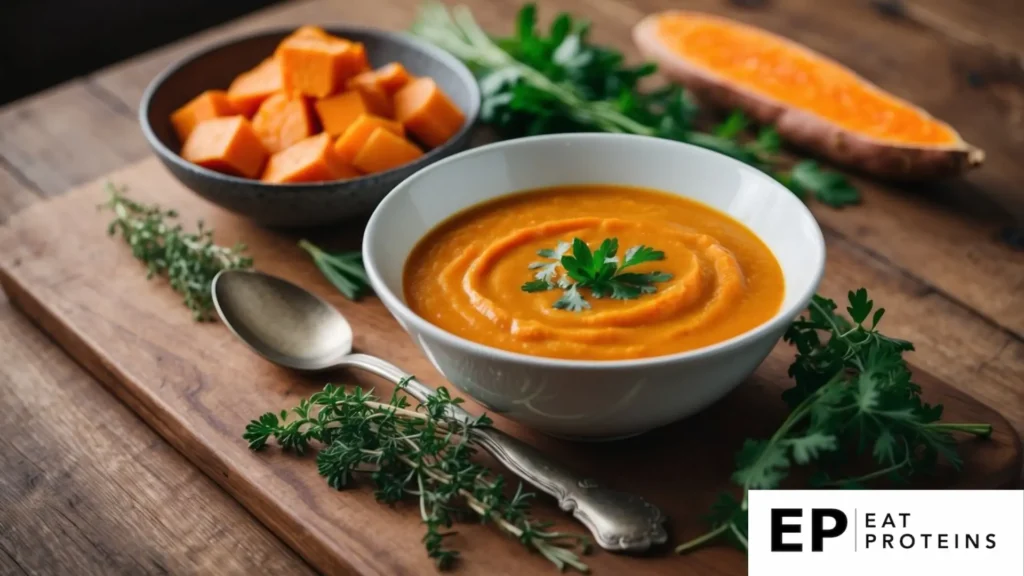
Sweet potato soup is a nutritious and delicious option for a liquid diet. It is creamy and filling, making it a satisfying choice. The natural sweetness of sweet potatoes adds flavor without needing extra sugar.
I find this soup easy to prepare. Here’s a simple recipe I follow:
- Peel and chop 2 medium sweet potatoes into small cubes.
- In a pot, heat 1 tablespoon of olive oil over medium heat.
- Add 1 chopped onion and sauté until soft, about 5 minutes.
- Stir in the sweet potatoes, 4 cups of vegetable broth, and season with salt and pepper.
- Bring the mixture to a boil, then reduce the heat and simmer for 20 minutes until the sweet potatoes are tender.
- Use an immersion blender to puree the soup until smooth.
I enjoy adding a splash of coconut milk for extra creaminess. With just a few steps, I have a warm bowl of sweet potato soup ready to enjoy. It’s perfect for a comforting meal on a liquid diet.
8. Coconut Water
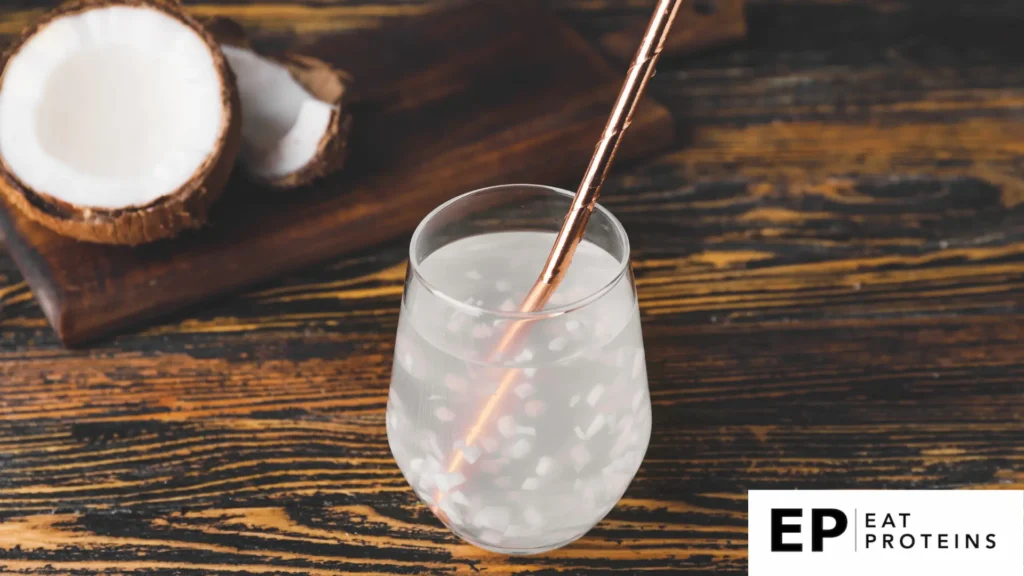
Coconut water is a natural beverage that comes from young green coconuts. It is low in calories and full of electrolytes, making it a great liquid option for a diet.
Making coconut water is straightforward. I usually look for fresh green coconuts at the store. Once I have them, the process is simple.
- Use a sharp knife or a coconut opener to carefully cut off the top of the coconut.
- Tilt the coconut to pour the water into a glass or bottle.
- If desired, I can scoop out the soft coconut flesh to enjoy as a snack.
Coconut water can be enjoyed straight or mixed into smoothies. It is refreshing and hydrating, especially after exercise. The light, slightly sweet flavor is a nice change from plain water.
I appreciate that coconut water is not only easy to prepare but also provides a good source of hydration. It can be a tasty part of a balanced liquid diet.
9. Almond Milk Shake

An almond milk shake is a creamy and tasty drink made from almond milk. It’s a great option for a liquid diet because it’s light and refreshing. Plus, it’s easy to make at home.
To prepare an almond milk shake, I use simple ingredients. The base is unsweetened almond milk. I often add fruits like bananas or berries for flavor and nutrition.
Here’s how I make it:
- Gather Ingredients: I take 1 cup of unsweetened almond milk and 1 banana.
- Mix: I blend the almond milk and banana together until smooth.
- Add Extras: Sometimes, I add a tablespoon of honey or a scoop of protein powder.
- Serve: I pour the shake into a glass and enjoy it right away.
This shake is satisfying and easy to customize based on my taste. It’s a perfect part of a liquid diet.
10. Miso Soup
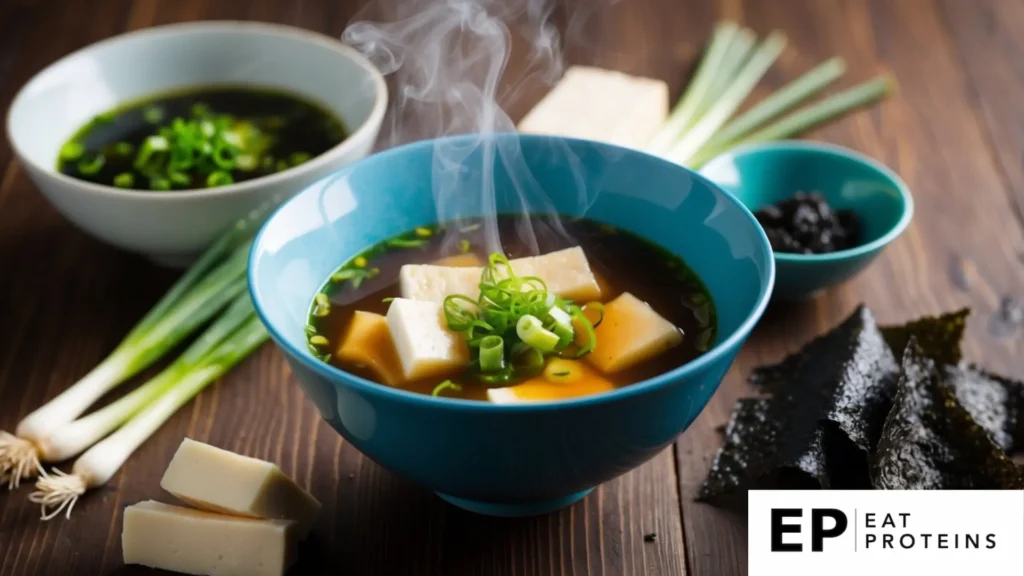
Miso soup is a traditional Japanese dish known for its savory flavor. It primarily uses miso paste, made from fermented soybeans, which provides a rich umami taste.
Making miso soup is simple and perfect for beginners. I can whip it up in just a few minutes.
Here are quick steps to prepare it:
- Ingredients: Gather 4 cups of water, 3 tablespoons of miso paste, and optional ingredients like tofu, seaweed, or green onions.
- Boil Water: In a pot, bring the water to a gentle boil.
- Mix Miso: In a small bowl, mix the miso paste with a little hot water to dissolve it smoothly.
- Combine: Reduce the heat and add the miso mixture to the pot. Stir gently.
- Add Extras: If using tofu or seaweed, add them to the pot and warm for a few minutes.
Miso soup is not just delicious but also nutritious. It’s a great addition to any liquid diet.
11. Bone Broth

Bone broth is a nutritious liquid made by simmering animal bones and connective tissue. It can serve as a base for soups or be enjoyed on its own. I find it both hearty and comforting.
Making bone broth is easy and requires simple ingredients. I usually start with bones from chicken, beef, or pork. I also add vegetables, herbs, and water for flavor.
Here are the basic steps I follow:
- Collect around 2-3 pounds of bones.
- Add 1-2 cups of chopped vegetables like onions, carrots, and celery.
- Place everything in a large pot or slow cooker.
- Cover with water and add 1-2 tablespoons of vinegar to help extract nutrients.
- Bring to a boil, then reduce to a simmer for 12-48 hours.
I like to skim off any foam that rises to the top during cooking. Once done, I strain the broth to remove solids. It can be stored in the refrigerator for a few days or frozen for longer use. Bone broth is a flavorful and satisfying choice for a liquid diet.
What Are the Benefits of a Liquid Diet?
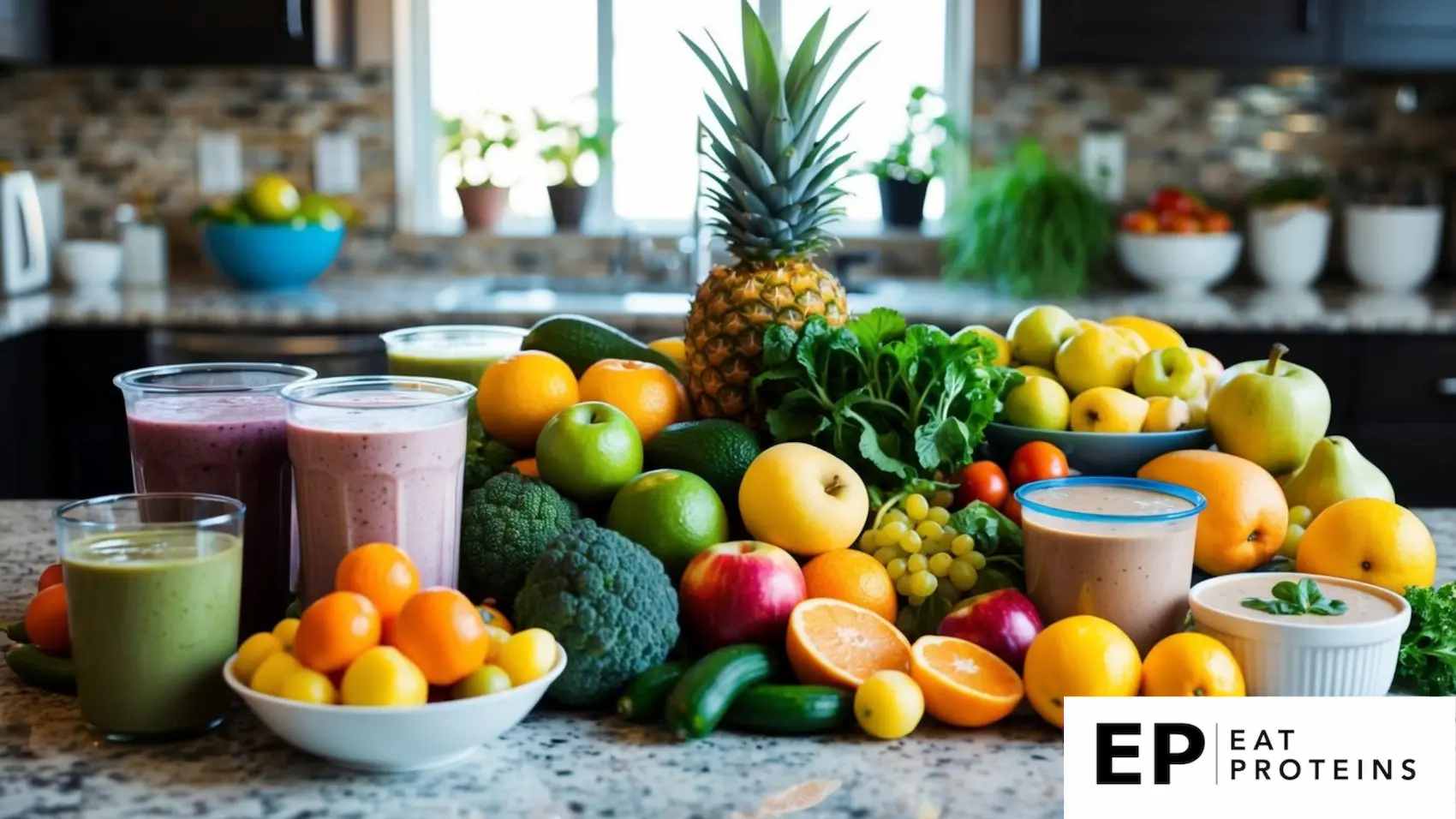
A liquid diet offers several advantages, including potential weight loss, improved digestive health, and enhanced nutrient absorption. I have found these benefits can be significant for those looking to change their eating habits or address specific health concerns.
How Does a Liquid Diet Help With Weight Loss?
One of the key benefits I’ve noticed with a liquid diet is weight loss. Liquid diets can reduce calorie intake because liquids often have fewer calories than solid foods.
By replacing meals with smoothies, soups, or shakes, I can create a calorie deficit without feeling deprived. This approach may help kickstart weight loss, especially for those who struggle with portion control.
Additionally, liquid diets can make it easier to track calories and nutrients, which can further support weight management goals. However, it’s important to choose nutrient-dense liquids to ensure I’m still getting essential vitamins and minerals.
How Does a Liquid Diet Improve Digestive Health?
A liquid diet may also promote better digestive health. When I consume mostly liquids, it gives my digestive system a break. This can be particularly beneficial for individuals with gastrointestinal issues, such as irritable bowel syndrome (IBS) or after surgery.
Liquids can be gentler on the stomach and easier for the body to process. I often include a variety of juices, smoothies, and broths that are rich in fiber. These options can promote regular bowel movements and help prevent constipation.
Staying hydrated with liquids is essential for digestive function, as water aids in nutrient absorption and digestion.
How Does a Liquid Diet Affect Nutrient Absorption?
Nutrient absorption is another vital aspect I’ve explored with a liquid diet. Liquids can be easier for my body to digest, allowing for more efficient absorption of nutrients.
When I use recipes rich in vitamins and minerals, such as vegetable juices or protein shakes, it boosts my intake of key nutrients. Smoothies that combine fruits, vegetables, and proteins can be particularly effective.
This method not only helps with nutritional balance but also supports energy levels throughout the day. By ensuring my liquid meals are well-balanced, I can thrive while enjoying the advantages of a liquid diet.
What Are the Nutritional Components of Liquid Diets?
Liquid diets can provide essential nutrients when carefully planned. I find it important to focus on macronutrients, micronutrients, and reliable protein sources to ensure balanced nutrition.
What Macronutrients Are Found in Liquid Diets?
Macronutrients in liquid diets include carbohydrates, fats, and proteins. Carbohydrates primarily come from sources like fruits, starchy vegetables, and grains. For example, blending bananas or oats into smoothies adds essential carbs for energy.
Fats are crucial as well. I often use healthy fats, like avocado or nut butters, which can be added to smoothies or blended soups. This helps in better nutrient absorption.
Lastly, proteins are vital for building and repairing tissues. Incorporating protein-rich ingredients ensures that my liquid diet is effective for healing or weight loss.
What Micronutrients Are Included in Liquid Diets?
Micronutrients include vitamins and minerals essential for overall health. In liquid diets, I make sure to include a variety of fruits and vegetables to cover these needs.
For example, leafy greens like spinach and kale are high in vitamin K, while citrus fruits provide vitamin C.
Minerals such as calcium and iron can be sourced from fortified plant-based milks or blended legumes. By blending colorful fruits and vegetables, I achieve a broad spectrum of micronutrients, which helps support my immune system and energy levels.
What Are Common Protein Sources in Liquid Diets?
Protein is a key element, particularly in a liquid diet. I prefer using whey protein powder, Greek yogurt, or silken tofu, as they blend easily into drinks and smoothies.
Legumes, like lentils and chickpeas, also serve as great plant-based protein sources. I include them in soups or purees for added nutrition.
Additionally, nut and seed butters such as peanut or almond butter provide protein along with healthy fats. I make sure to balance these options to reach my protein goals effectively.
How Safe Is a Liquid Diet and What Should Be Considered?
When following a liquid diet, there are important factors to keep in mind. It’s crucial to consider medical supervision, potential risks involved, and the implications of long-term use. Each of these aspects can significantly impact your health and the effectiveness of the diet.
Why Is Medical Supervision Important for a Liquid Diet?
I recommend seeking medical supervision before starting a liquid diet. This approach ensures that the diet is appropriate for my health conditions. A healthcare professional can monitor my nutritional intake and make necessary adjustments. They can provide guidance on how to balance nutrients, especially if I have pre-existing conditions like diabetes or gastrointestinal issues. Regular check-ups can help avoid deficiencies and keep my health in check.
What Are the Potential Risks of a Liquid Diet?
Following a liquid diet can come with potential risks. I have to be cautious about not getting adequate nutrition. Some liquid diets may lack essential nutrients, leading to deficiencies over time. I might also experience digestive issues, such as bloating or diarrhea, particularly if the diet changes suddenly. Additionally, there’s a risk of losing muscle mass if I don’t consume enough protein. It’s important to listen to my body and adjust the diet as needed.
How Safe Is the Long-Term Use of a Liquid Diet?
Long-term use of a liquid diet isn’t generally recommended without professional advice. I must consider that my body needs a variety of foods to function optimally. If I stay on a liquid diet for an extended time, I risk missing out on vital nutrients. This could lead to fatigue, weakened immunity, and other health complications. It’s essential to evaluate my progress regularly and discuss with a healthcare provider before committing to long-term liquid consumption.
